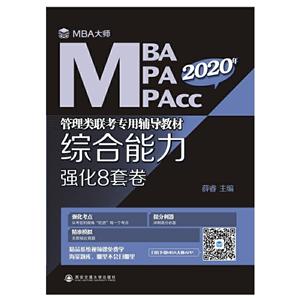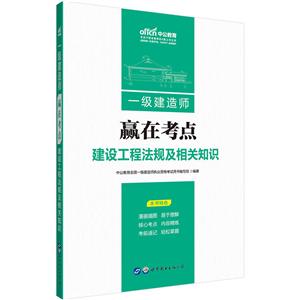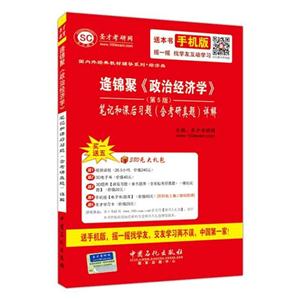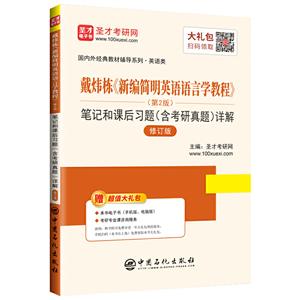国际结算-双语教材

|
国际结算-双语教材作者:杨娟 主编 开 本:16开 书号ISBN:9787303142187 定价: 出版时间:2012-05-01 出版社:北京师范大学出版社 |
国际结算-双语教材 内容简介
《国际结算·双语教材》以国际商会的惯例或出版物为基础,全面系统地介绍了与国际结算相关的单据、票据、融资、主要结算方法(如汇款、托收、信用证),其他结算方法(保函、保理、福费廷等)以及贸易术语等内容。不仅概括性地介绍了当前国际结算比较前沿的理论,还引入了一些前沿性的实务操作案例。特别是对在信息技术的支持下出现的电子支付工具、电子单证等都进行了阐述。
国际结算-双语教材 目录
chapter 1 introduction
(learning objectives) 1
1.1 the concept of international settlement
1.2 the categories of international settlement
1.3 the risks involved in international settlement
1.3.1 product production and transport risks
1.3.2 credit risks
1.3.3 adverse business risks
1.3.4 political risks
1.3.5 financial risks
1.3.6 foreign exchange risks
1.4 parties and their roles
1.5 the application of international payment
1.5.1 payment in advance
1.5.2 credit transactions
1.5.3 collection
1.5.4 letter of credit (l/c)
1.5.5 letter of guarantee and standby l/c
1.6 evolution of international payment
1.6.1 from cash settlement to instruments settlement
1.6.2 from direct payment between traders to payment effectedthrough a financial intermediary
1.6.3 from goods trading to documents trading
1.6.4 from paper documentary settlement to electronic documentarysettlement
1.7 international rules and practice
chapter 2 international payment and clearing system
(learning objectives)
2.1 payment system
2.1.1 e-commerce payment system
2.1.2 clearing process
2.2 swift
2.2.1 introduction
2.2.2 characteristics
2.2.3 types of swift message
2.3 some major payment system
2.3.1 chips
2.3.2 fedwire
2.3.3 chaps
2.3.4 target
2.4 correspondent banks in international settlement
2.4. 1 banking institutions
2.4.2 correspondent bank
2.4.3 depository banks
chapter 3 instruments of international settlement
(learning objectives)
3.1 an overview of negotiable instruments
3.1.1 definition of a negotiable instrument
3.1.2 chief features of a negotiable instrument
3.1.3 parties to a negotiable instrument
3.1.4 negotiable instrument laws
3.2 bill of exchange
3.2.1 definition of a bill of exchange
3.2.2 contents of a bill of exchange
3.2.3 parties to a bill of exchange
3.2.4 classification of bill of exchange
3.2.5 acts relating to a bill of exchange
3.3 promissory note
3.3.1 definition of a promissory note
3.3.2 parties & characteristics of a promissory note
3.3.3 contents of a promissory note
3.3.4 classification of promissory:note
3.3.5 difference between a bill and a note
3.4 check
3.4.1 definition of a check
3.4.2 contents & features of a check
3.4.3 parties to a check
3.4.4 classification of check
3.4. 5 check clearing & dishonor
3.4.6 difference between a check and a bill of exchange
3.5 other negotiable instruments
(summary)
(case study)
chapter 4 remittance/50
(learning objectives)
4. 1 outlines of remittance
4.1.1 definition of a remittance
4.1.2 parties to a remittance
4.1.3 types of remittance
4.2 procedure of remittance and comparison of m/t, t/t, andd/d
4.2.1 procedure of remittance
4.2.2 comparison of m/t, t/t, and d/d
4.3 reimbursement of remittance cover and refund
4.3.1 reimbursement of remittance cover
4.3.2 cancel the remittance or refund the imbursement
4.4 the function of remittance in international trade
4.4.1 payment in advance
4.4.2 payment after arrival of goods
(summary)
(case study)
chapter 5 collection
(learning objectives)
5.1 outlines of collection
5.1.1 definition of a collection
5.1.2 parties to a collection
5.1.3 types of collection
5.2 documentary collection practice
教材 研究生/本科/专科教材
在线阅读
- 最新内容
- 相关内容
- 网友推荐
- 图文推荐
零零教育社区:论坛热帖子
| [高考] 2022 西安电子科技大学《软件工程》大作业答案 (2022-04-25) |
| [家长教育] 孩子为什么会和父母感情疏离? (2019-07-14) |
| [教师分享] 给远方姐姐的一封信 (2018-11-07) |
| [教师分享] 伸缩门 (2018-11-07) |
| [教师分享] 回家乡 (2018-11-07) |
| [教师分享] 是风味也是人间 (2018-11-07) |
| [教师分享] 一句格言的启示 (2018-11-07) |
| [教师分享] 无规矩不成方圆 (2018-11-07) |
| [教师分享] 第十届全国教育名家论坛有感(二) (2018-11-07) |
| [教师分享] 贪玩的小狗 (2018-11-07) |






